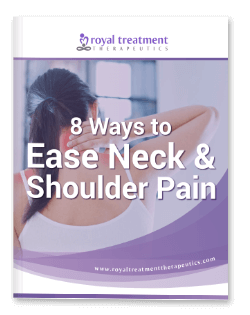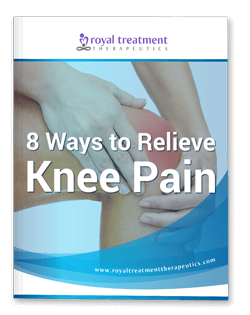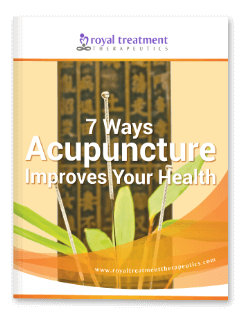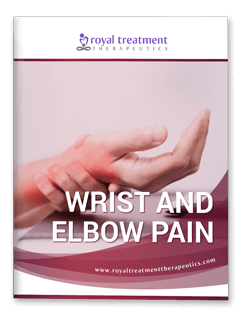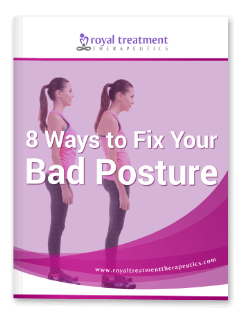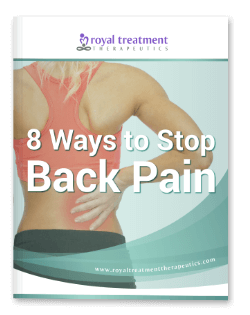What is physiotherapy?
 Dedicated to rehabilitation, physiotherapy helps people identify and maximize their ability to move and function through the use of manual therapy. Manual therapy includes a range of practical methods and hands-on techniques geared towards decreasing pain and improving joint and soft tissue mobility.
Dedicated to rehabilitation, physiotherapy helps people identify and maximize their ability to move and function through the use of manual therapy. Manual therapy includes a range of practical methods and hands-on techniques geared towards decreasing pain and improving joint and soft tissue mobility.
How can physiotherapy help you?
Most people think physiotherapy is only used to treat neck and back conditions. What many don’t know is that physiotherapy also provides preventative and rehabilitation treatment for an array of mobility issues and diseases. If you are dealing with any of the following conditions, physiotherapy can make a huge impact on your ability to live a healthy and active life.
- Arthritis
- Athletic Injuries
- Back pain
- Cardiovascular Conditions (including post heart attack, Chronic Obstructive Pulmonary Disease (COPD), and pneumonia)
- Chronic Pain
- Diabetes
- Falls & Fractures
- High Blood Pressure
- Neck Pain
- Osteoporosis
- Rehabilitation
- Vestibular Disorders (dizziness)
What do physiotherapists do?
 Our Registered Physiotherapists are university-educated health professionals who specialize in many areas such as sports, women’s and senior’s health, orthopedic, and neurology. Using judgement and techniques based on science and research, they help patients walk and move freely after injury, recover mobility after an illness or surgery, manage chronic diseases, and more.
Our Registered Physiotherapists are university-educated health professionals who specialize in many areas such as sports, women’s and senior’s health, orthopedic, and neurology. Using judgement and techniques based on science and research, they help patients walk and move freely after injury, recover mobility after an illness or surgery, manage chronic diseases, and more.
At Royal Treatment Therapeutics, we are proud to offer a one-on-one treatment approach. During your uninterrupted 30 or 60-minute session, you will receive the full and undivided attention of your physiotherapist. This type of personalized treatment allows your physiotherapist to create a tailored and all-inclusive treatment plan based on your specific goals. It also results in more productive treatment sessions with plenty of time for supervised exercise and manual techniques. Patient education is another important aspect as our physiotherapists believe knowledge is empowering. After leaving our clinic, you will have a better understanding of how your body works, know how to reduce your risk of injury, and feel confident in self-managing your symptoms.
When you come in for a free, no-obligation discovery visit, your physiotherapist will assess you by asking questions about your health history and checking your range of motion. From there, they’ll work with you to put together a treatment plan for your condition or injury so you can get back to enjoying life and the activities you love.
What types of physiotherapy treatments are offered?
We provide private physiotherapy treatments. You will receive the full attention of your physiotherapist and will never be handed off to an assistant. This type of one-on-one treatment allows your physiotherapist to create a personalized and all-inclusive care plan based on your specific goals. It also results in more productive treatment sessions with plenty of time for supervised exercise, manual therapy, and more.
Your tailored care plan may include the following treatments and modalities:
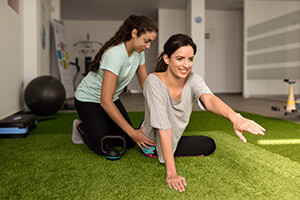
Personalized exercise program
Exercise is an important component of every care plan because it improves mobility and strengthens the body. A combination of strengthening, stretching, active motion, balancing, and conditioning exercises can be prescribed.
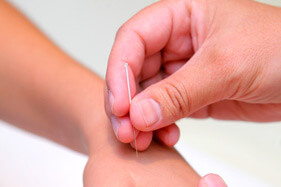
Dry needling
Dry needling eases muscle tension by causing small muscle cramps. This is achieved by inserting a thin needle into areas called trigger points. No fluid is injected into the body during the procedure.
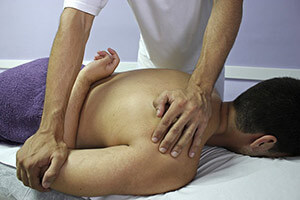
Manual therapy
Manual therapy uses hands-on mobilization and manipulation techniques to alleviate chronic pain, relax muscles, increase range of motion, and minimize muscle spasms.

Mulligan Concept
The Mulligan Concept helps correct altered joint mechanics by mobilizing them during movement. This technique does not cause pain and can be applied to a variety of joints such as the shoulder, elbow, hand, hip, knee, and ankle. Patients can easily maintain its positive effects by doing simple exercises at home.
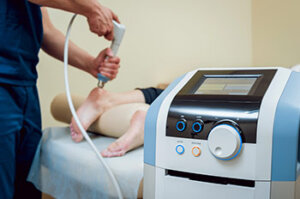
Shockwave Therapy
Shockwave therapy is a non-invasive treatment that uses high-energy pulses on injured/painful areas of the body. These pulses create micro-cavitation bubbles that expand and burst, which creates a strong force that penetrates through damaged tissue. This helps stimulate cells in the body to encourage bone and connective tissue to start healing naturally.
Learn more about shockwave therapy.
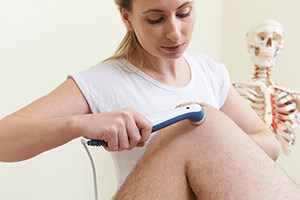
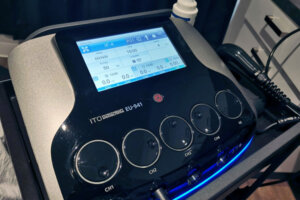
Ultrasound therapy
Ultrasound therapy uses high frequency ultrasound waves to target areas that cannot be reached by manual therapy. It is a great solution for deep tissue injuries and is used to treat chronic pain and conditions like arthritis and fibromyalgia.
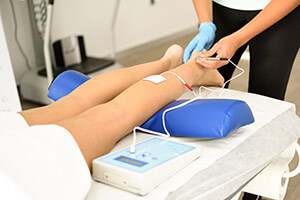
Interferential Current Therapy (ICT)
ICT jumpstarts the healing process by transmitting electrical impulses through your skin to stimulate endorphins, your body’s natural painkillers. Other benefits include decreasing swelling and inflammation, improving mobility, and reducing pain. This therapy is painless with many patients describing the sensation as a light prickle.
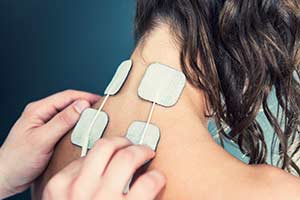
Transcutaneous Electrical Nerve Stimulation (TENS)
TENS effectively treats chronic and acute pain by using low-voltage electric currents to block pain receptors from being sent to the brain from the nerves. Your physiotherapist may recommend using TENS machine at home.
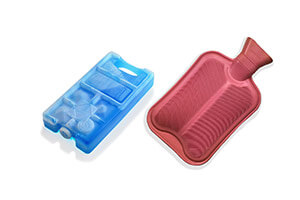
Hot and cold packs
Cold packs may be used after an exercise program to reduce swelling and relieve muscle spasms. Hot packs can be applied to the injured area to increase blood flow and speed up the healing process.
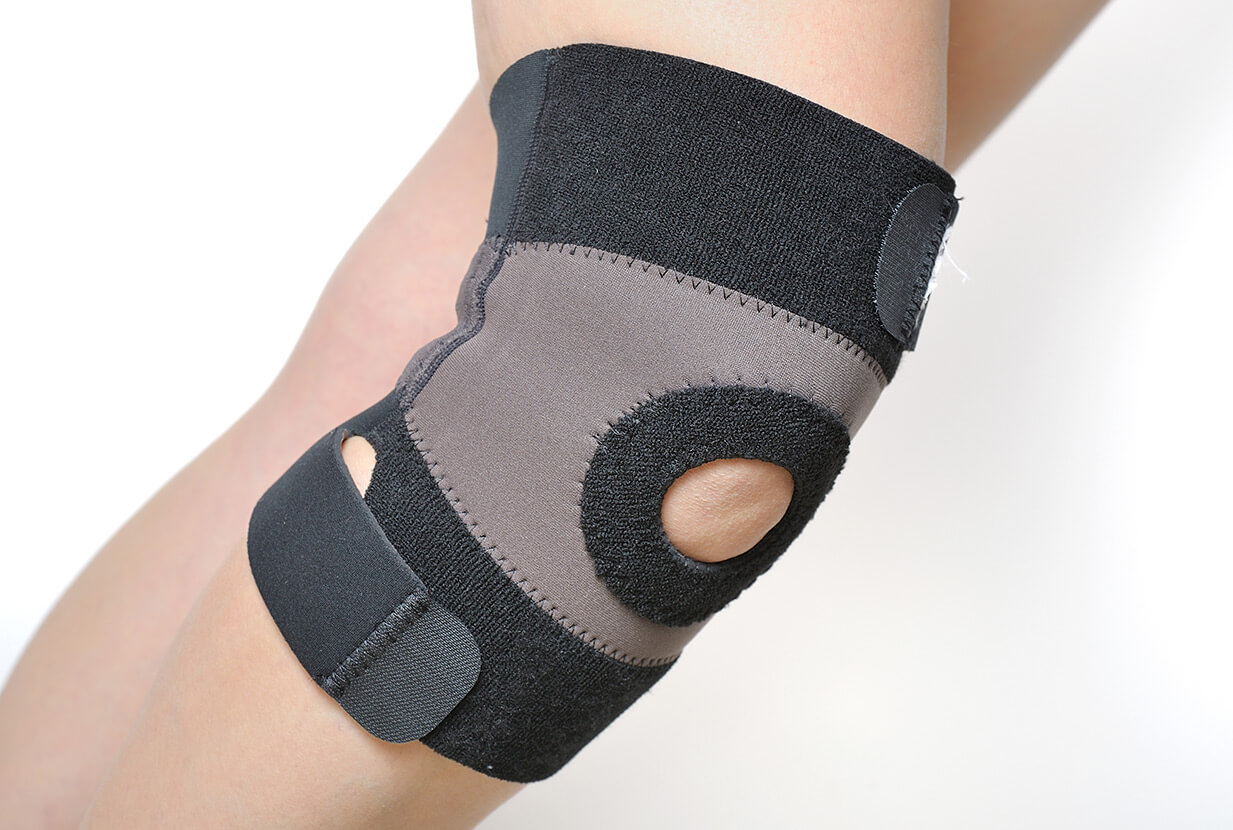
Therapeutic aids
Your physiotherapist may prescribe therapeutic devices and tools so you can perform everyday activities with ease. Examples of these aids include compression socks, orthotics, bracing, and splinting.
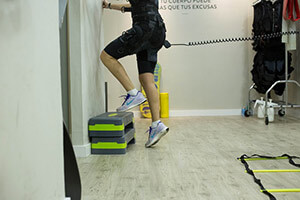
Return to work program
It can be difficult returning to work after an illness or injury. This program helps you return to your job confidently by enhancing your strength, flexibility, endurance, and motor control.
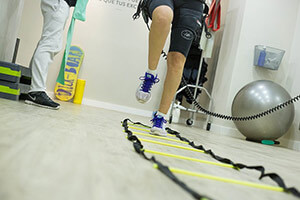
Functional activity and tolerance testing and training
Functional testing allows your physiotherapist to assess your physical abilities and monitor progress.

Removing physical activity barriers
Your physiotherapist can help you understand the personal and environmental barriers that are stopping you from getting the physical activity you need. They will also work with you to create strategies on how to overcome these barriers.

Mat Pilates
Pilates consists of low-impact flexibility, muscular strength and endurance movement exercises. It supports rehabilitation and injury prevention by helping you achieve core strength, muscle balance and proper postural alignment.
Mat Pilates involves the use of weights, resistance bands, fitness balls and foam rollers. It’s taught on a one-to-one basis and guided by a Pilates-trained physiotherapist. Pilates exercises are integrated into an individualized treatment plan to support physiotherapy goals set with the patient. Exercises are modified based on your health condition.
Book your free no-obligation physiotherapy discovery visit now
Testimonials
Becca and her team are wonderful. I have seen Becca for Massage and Reshma for Physio Therapy. Both Becca and Reshma have helped me with pain and mobility issues in my shoulder, back and neck. I would recommend visiting the clinic as they have helped me greatly. The front end staff are prompt, friendly and helpful. Feels like a family when you walk into RTT. Book an appointment you won't regret it.
Direct billing here...no need to fill up lots of papers for claims. Physio and acupuncture are the best. Really helps me recover from shoulder and backaches. Their massage therapy is highly recommended. Will suggest this to my friends.






